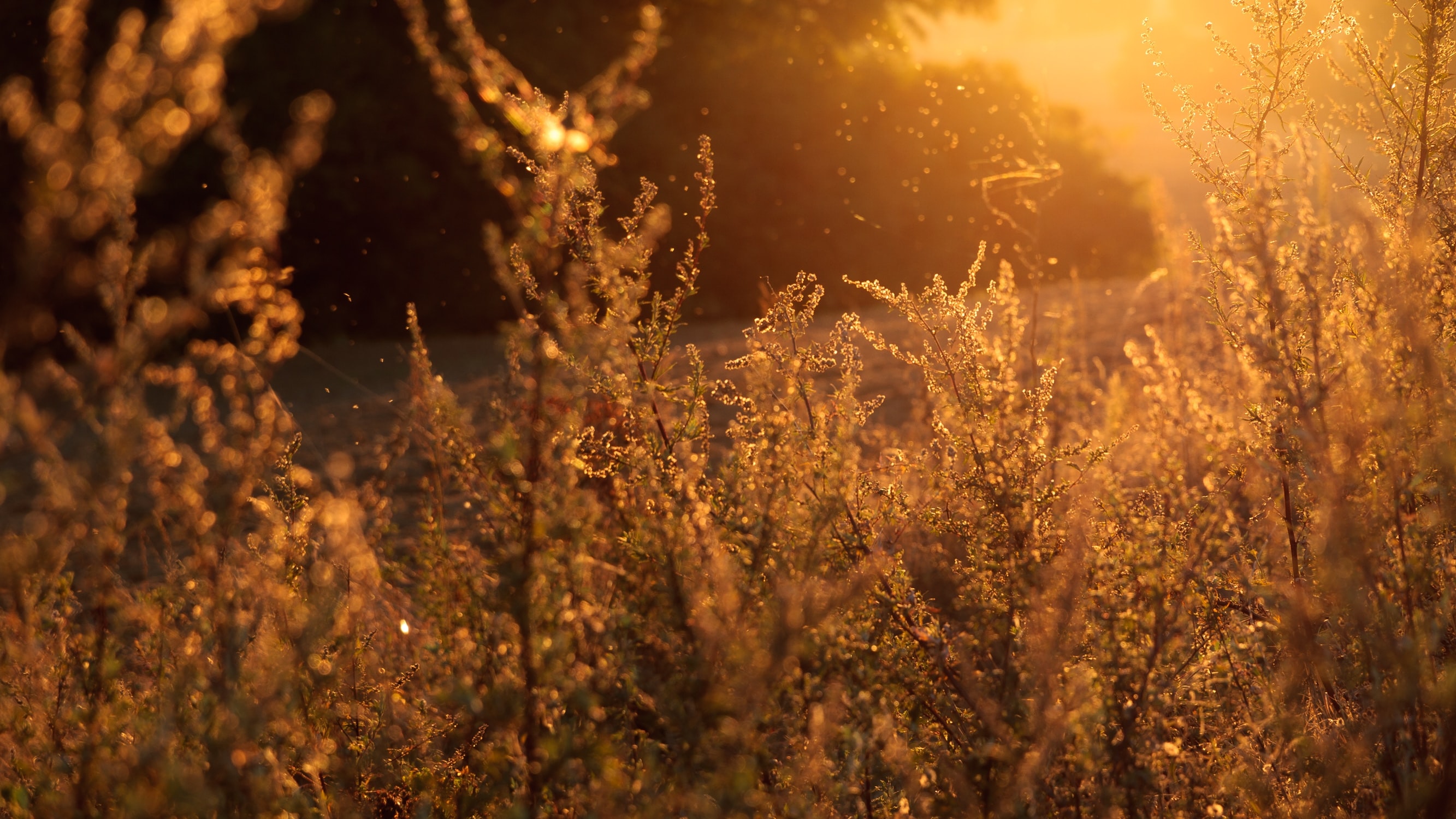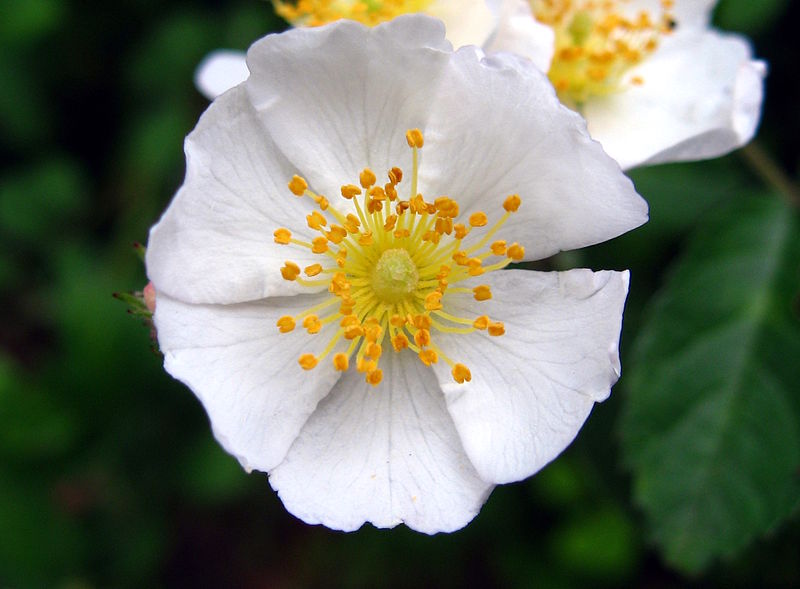
Modified from United Nations COVID-19 Response on Unsplash
Climate change will make allergy sufferers suffer a little bit longer each year
Data from 17 Northern Hemisphere locations indicates that plants are releasing more pollen and for a longer period of time as the globe warms
Seasonal allergies are about to get a whole lot worse.
With people all over the world concerned about sickness, a sneeze or sore throat has become much more concerning these days. Some early symptoms of COVID-19 overlap with symptoms of hay fever, such as coughing and fatigue.
As of 2018, over 24 million adults and children in the United States had been diagnosed with or reported hay fever in the past year. Hay fever is a common name for seasonal allergies – the reaction of the immune system in response to pollen produced by flowering plants – which are estimated to cost the United States over $18 billion annually. Those costs include medication to fight the body's reaction to the allergen, inhalers, and hospitalization for severe symptoms. The number of pollen allergy sufferers is expected to grow, in part due to a longer growing season forecasted for some of the worst allergens, such as ragweed.
In a paper recently published in the journal Lancet Public Health, a group of researchers led by Lewis Ziska from the U.S. Department of Agriculture tried to understand how pollen will increase and intensify with climate change. They analyzed datasets from 17 different locations in the Northern Hemisphere averaging over 26 years. The data covered long-term records of the concentration of pollen from a variety of flowering plants across three continents. Ziska and the other researchers used the data to determine how changes in high and low temperatures associated with climate change impacted the amount of pollen in the atmosphere over the past few decades. They specifically studied pollen from flowering plants known to produce allergenic reactions in humans.
They found that 71% of the locations analyzed had significant increases in the total amount of pollen produced over a season. They also found that 65% of the locations had a significant increase in the length of the pollen producing season – or the flowering period for plants in the Northern Hemisphere.

The study indicates that pollen counts are increasing as the Northern Hemisphere warms
Photo by Lukasz Szmigiel on Unsplash
The researchers determined that the season when most flowering plants release their pollen has already lengthened by 0.9 days per year worldwide, extending the time during which allergy sufferers will feel symptoms. And of the 12 locations included in the study where cumulative seasonal pollen loads had increased, three saw increases of over 11%: Fairbanks, Alaska (12.2%), Minneapolis, Minnesota (11.5%), and Thessaloniki, Greece (11.2%).
Previous studies have analyzed the past few decades for pollen changes, in a small subset of flowering species. But this study was unique in that it provides evidence for large-scale shifts in pollen loads and seasonal duration over a much longer time scale, across multiple allergenic plant species and locations.
Plants produce pollen in early spring and summer. Flowers are the sexual organs of a plant – they contain the style, which houses the eggs, and anthers, which produce sperm in the form of pollen. Pollen grains are incredibly small, with some plants producing millions of grains per bloom per year. Ragweed is estimated to produce up to one billion pollen grains per plant per year. A 2000 study also found that ragweed pollen production has increased with rising carbon dioxide levels.
Recent IPCC reports urgently warn that climate change will lead to a warmer planet, beginning with an early spring and longer growing season. Pollen will emerge sooner and stick around longer. Since most pollen-producing plants follow the same cycles of bloom with specific temperature ranges, scientists can predict pollen counts. Pollen counts summarize the number of pollen grains within a predetermined air space – typically a single cubic meter.
While this study focused on the Northern Hemisphere, other research has examined pollen trends in the face of intensive land use change and climate warming in Australia and New Zealand. Areas of Asia Minor, already experiencing the health impacts of heavy air pollution, are expected to see an increase in the intensity of seasonal allergies due to its mild winters and dry summers.

Flowers might look pretty, but increased pollen loads will make people with allergies miserable
Secretservgy on Wikipedia
Studies from other areas of the Southern Hemisphere are lacking, however. Africa, estimated to be hit extremely hard by climate change due to underlying conditions of poverty, governmental authority, and environmental stresses, has little to no information available on seasonal pollen trends. Further scientific analyses are necessary to enact policy to reduce greenhouse gas production and prepare for epidemiological impacts of more severe pollen allergies.
Spring in the year 2020 is arriving earlier than ever, and is forecasted to be warmer than normal after 2020 started off with the warmest January on record. The early emergence of beautiful blooms may not sound so bad, but disruptions to the timing of ecosystem interactions could be extremely harmful for other creatures, such as insects that rely on certain flowering plants. And for allergy sufferers, an early spring could mean increased healthcare costs and emergency room visits.
Severe allergy reactions could be the difference between life and death. Talk to your doctor about what type of medication might be best for you if you suffer from allergies. With a warming planet, you may need to start taking those pills even earlier next year.



Climate change has lot of consequences on our lives and way of living. It makes sense that if the length and timing of seasons has also been affected significantly and it could lead to the severity of these seasonal allergies in particular. In addition, seasonal allergies have also been affected by the environmental stresses at the particular place, for example tropical environments or pollution.